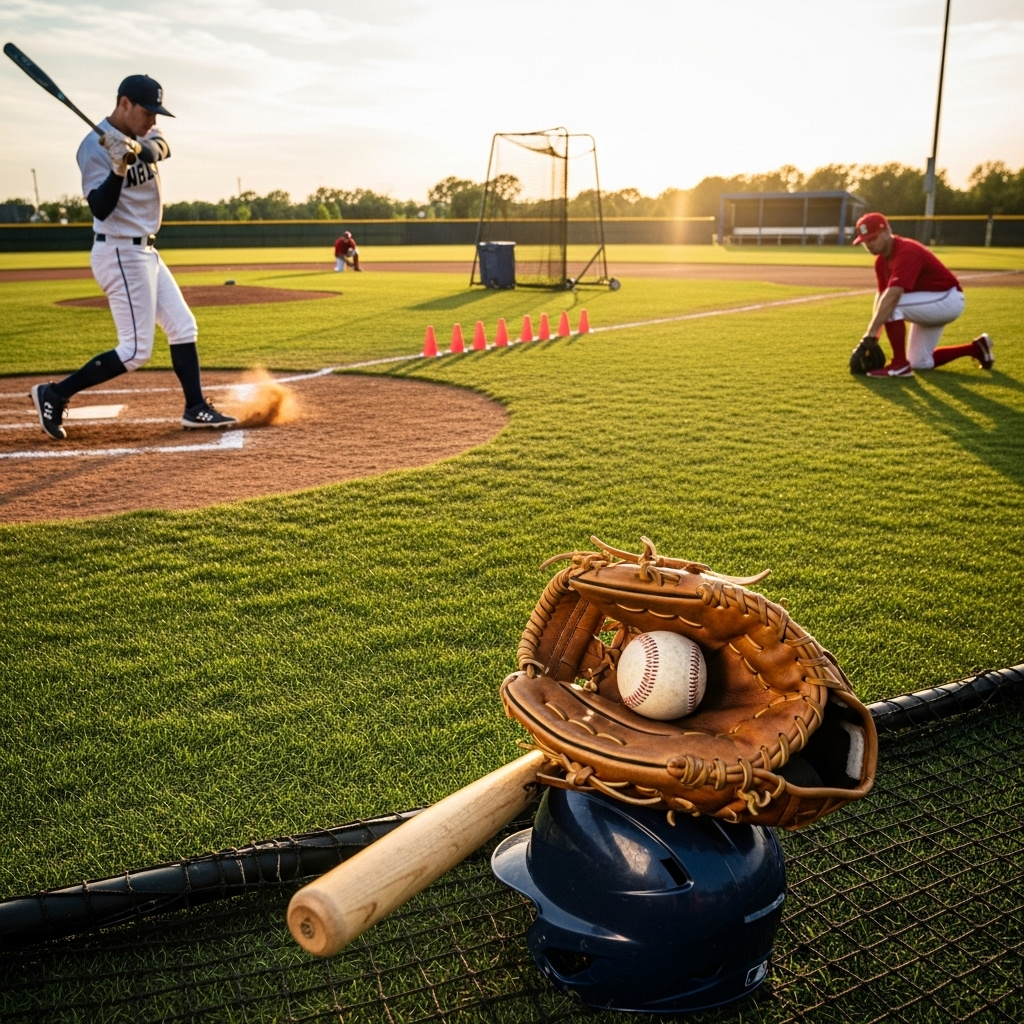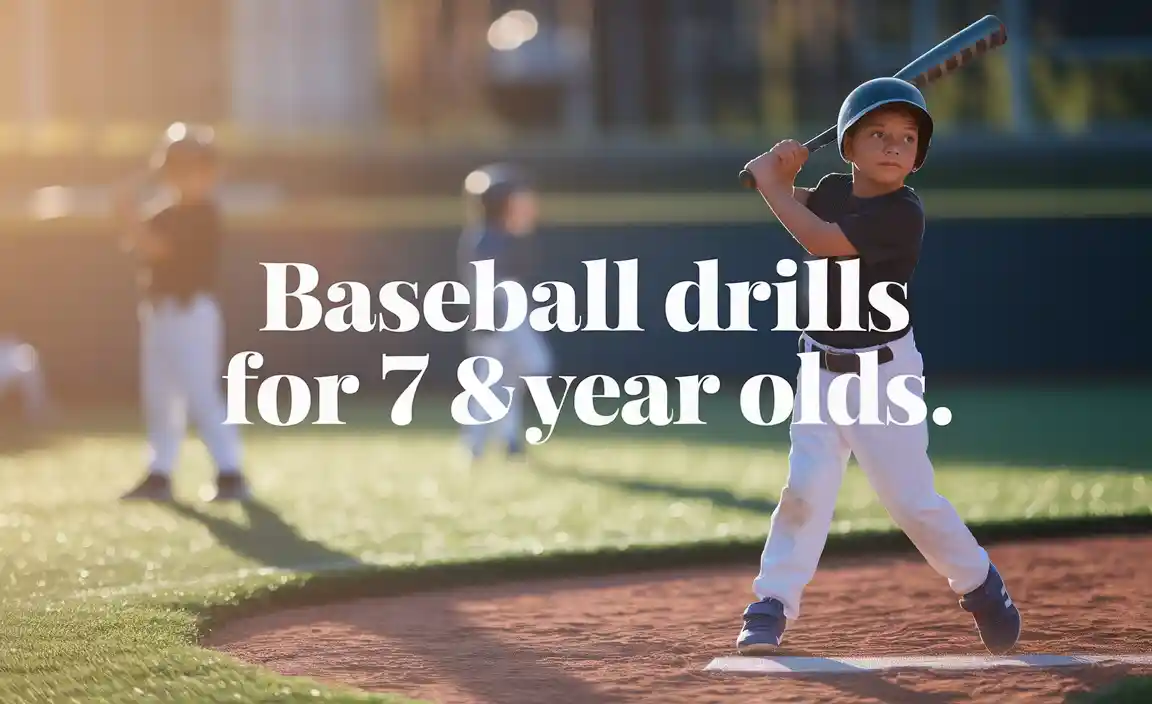Fast Answer: Truly being “banned for life” in baseball is extremely rare and reserved for the most severe violations, typically involving match-fixing or severe gambling on games impacting professional integrity. Minor infractions or rule misunderstandings usually result in suspensions, fines, or warnings, not permanent exclusion. Understanding these essential rules keeps your baseball journey exciting and compliant.
Welcome to the diamond! Ever heard whispers of players being “banned for life” from baseball and wondered what could possibly lead to such a drastic consequence? It sounds serious, and it is, but thankfully, it’s not a common occurrence for the average player. Most of what you hear about bans relates to specific leagues or tournaments with their own rulebooks, rather than a universal, permanent excommunication from the sport itself.
As a coach and gear enthusiast, I know how important it is to understand the game’s boundaries, whether you’re stepping up to bat for the first time or coaching a youth league. Misunderstanding a rule can lead to frustration. This guide will break down the types of rules that could lead to severe penalties, what those penalties typically look like, and how you can avoid any trouble. We’ll explore the serious stuff, the common misunderstandings, and how to keep your love for baseball strong and within the rules.
Understanding “Banned for Life” in Baseball
The phrase “banned for life” in baseball conjures images of legendary players being permanently excluded from the game they love. While this ultimate penalty does exist, it’s reserved for the most egregious offenses that strike at the heart of the game’s integrity. Professional baseball, with its long history, has established strict guidelines to maintain fairness and public trust. These rules are designed to protect the sport from corruption and ensure that every game is played with genuine effort and competitive spirit.
It’s important to distinguish between a “ban for life” and suspensions, fines, or other penalties. Most on-field infractions or less serious rule violations will result in temporary suspensions, monetary fines, or even educational programs. A lifetime ban is typically a last resort for actions that irrevocably damage the sport’s credibility.
What Constitutes a Lifetime Ban?
The primary reasons for a lifetime ban in professional baseball are historically centered around actions that undermine the legitimacy of the game itself. These actions are seen not just as cheating, but as betraying the trust of fans, fellow players, and the league.
- Match-Fixing and Game Manipulation: This is the most serious offense. If a player, coach, or other personnel deliberately manipulates the outcome of a game for personal gain (e.g., through gambling), they can face a lifetime ban. This was famously seen with the Black Sox Scandal of 1919, where several Chicago White Sox players were banned for throwing the World Series.
- Gambling on Baseball Games: While professional players are often allowed to bet on other sports, betting on baseball games, especially those they are involved in or have insider knowledge of, is strictly prohibited. Rules often specify that gambling on games can lead to severe penalties, including lifetime bans, even if match-fixing isn’t proven. This ensures no player has a financial incentive to alter their performance or the game’s outcome.
- Use of Performance-Enhancing Drugs (PEDs): While not always an immediate “lifetime ban” from a single offense, repeated or severe violations of PED policies in some professional leagues can lead to extended suspensions that effectively end a player’s career, or in extreme cases, can be considered a ban. The league policies evolve, but the intent is to maintain a level playing field.
- Contact with Gambling Entities: Professional players are often restricted from having unauthorized contact with bookmakers or individuals involved in gambling. This is to prevent any perception or actuality of influence on game outcomes.
Historical Precedents and Key Figures
The most famous example of a lifetime ban is that of eight members of the 1919 Chicago White Sox. After allegedly conspiring with gamblers to throw the World Series, they were banned by Commissioner Kenesaw Mountain Landis. Despite their immense talent, players like “Shoeless” Joe Jackson never played professional baseball again. This ruling set a powerful precedent for the importance of game integrity.
The specter of gambling has also led to other significant bans. For instance, New York Giants outfielder Alex Rodriguez received a record 162-game suspension for violations of MLB’s Joint Drug Prevention and Treatment Program and for his alleged involvement in Biogenesis, a performance-enhancing drug scandal. While not a lifetime ban at the outset, such lengthy suspensions can be career-ending and serve a similar purpose in removing problematic individuals from the game.
Essential Rules Every Player Needs to Know
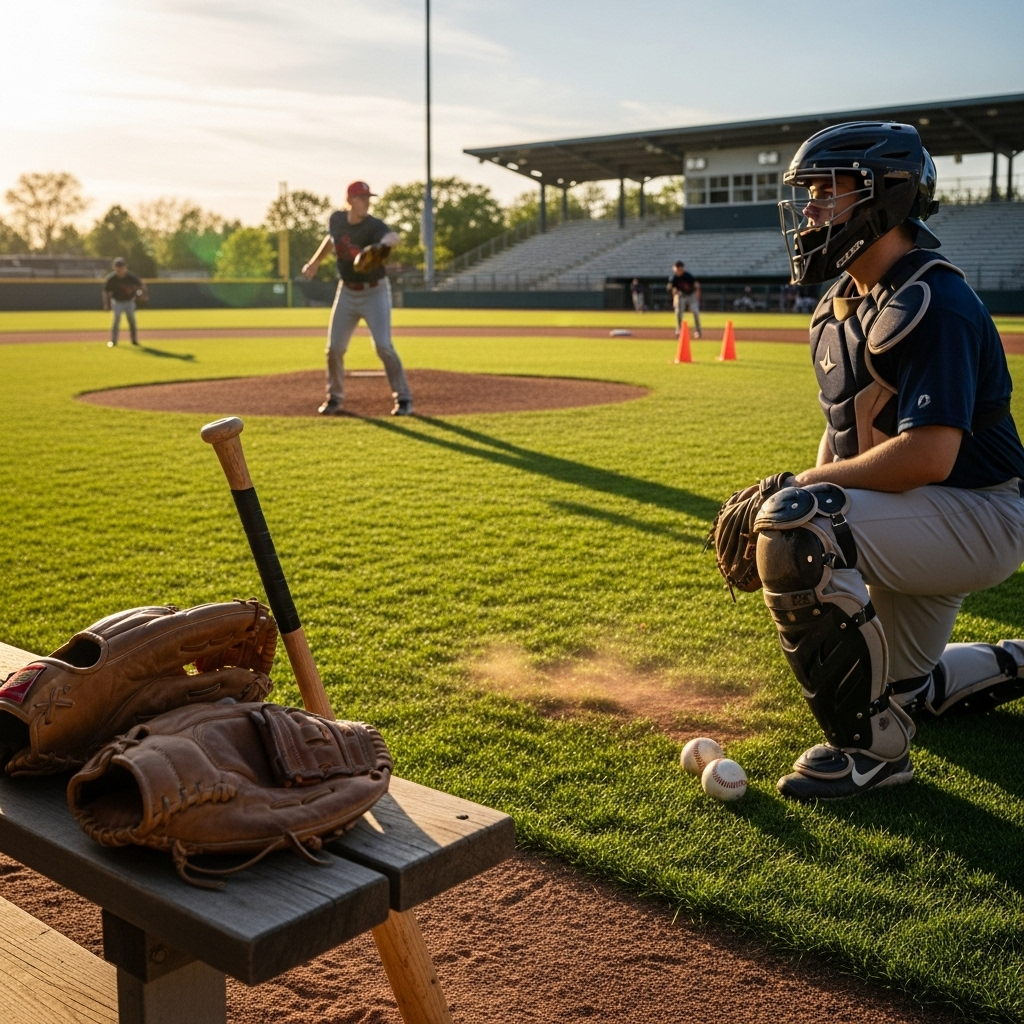
While lifetime bans are rare, understanding fundamental baseball rules is crucial for every player, coach, parent, and fan. These rules ensure fair play, player safety, and the overall enjoyment of the game. Let’s dive into some of the most important ones, focusing on areas that beginners and intermediate players often encounter.
On-Field Conduct and Sportsmanship
Baseball is a game of respect. Good sportsmanship is paramount, and unsportsmanlike conduct can lead to warnings, ejections, and in severe cases, suspensions.
- Respect for Umpires: Arguing judgment calls by umpires is generally not tolerated and can lead to ejection from the game. While players can respectfully ask for clarification, aggressive or prolonged arguments are unacceptable.
- Respect for Opponents: Taunting, excessive celebrations directed at opponents, or physical altercations are serious offenses. The goal is to compete hard but with respect for the other team.
- Respect for the Game: Smashing bats in anger, throwing equipment carelessly, or intentionally damaging the field are behaviors that detract from the game and can result in penalties.
Player Safety and Equipment Regulations
Safety is a top priority in baseball. Proper equipment use and adherence to safety regulations are non-negotiable.
- Legal Equipment: All equipment, including bats, gloves, helmets, and catcher’s gear, must meet league-specific standards. Using illegal equipment (e.g., bats that are too corked or have altered barrels) can lead to penalties.
- Helmets and Masks: Batters, baserunners, and catchers are required to wear appropriate protective gear. This includes batting helmets with chin straps and catcher’s masks during play.
- Pitcher Protection: Pitchers are increasingly encouraged and, in some leagues, required to wear protective headgear, especially in youth baseball, to reduce the risk of being hit by batted balls.
Basic Gameplay Rules You Can’t Ignore
Understanding the core rules of how to play is essential. Many common issues arise from misunderstandings of these basics.
- Ball and Strike Calls: A “strike” is called when a pitch is swung at and missed, not swung at and missed by the batter while it’s in the strike zone, or hit foul with less than two strikes. A “ball” is called when a pitch is not swung at and not in the strike zone.
- Outs: A team gets three outs per inning. Outs can occur in various ways:
- A batter is struck out.
- A ball hit by the batter is caught in the air by a fielder before it touches the ground.
- A runner is tagged by a fielder with the ball while not on a base.
- A fielder with the ball touches a base before a runner who is forced to advance reaches it.
- A runner is forced out by a batted ball.
- Fair vs. Foul Balls: A fair ball is a batted ball that lands or is touched by a fielder within the foul lines. A foul ball is one that lands or is touched outside the foul lines. Foul balls count as strikes, except when there are already two strikes (a foul ball with two already counts as a strikeout).
- Bases and Running: Runners must advance to the next base and can only advance on a batted ball or other specific plays (like walks or errors). They can be put out by being tagged or forced out.
Common Rule Misunderstandings and How to Avoid Them
Many players, especially beginners, run into trouble not because they’re trying to cheat, but because they misunderstand common rules. Let’s clarify some of these frequent points of confusion.
The “Infield Fly” Rule
This rule is often misunderstood but is crucial for fair play, especially in youth leagues. The Infield Fly rule applies only when there are fewer than two outs and runners are on first and second base, OR first, second, and third base. When the batter hits a fair fly ball that can be caught by an infielder with ordinary effort, the umpire can declare “Infield Fly, batter out!”
- Why it exists: This rule prevents fielders from intentionally dropping a caught fly ball to get a double or triple play. If the ball isn’t dropped, the fielders can still throw runners out, but the batter is out immediately to prevent unfair advantage.
- What beginners need to know: When you hear “Infield Fly,” even if the fielder drops the ball, the batter is OUT. Runners on base should NOT advance unless they actually see the ball dropped and are trying to advance at their own risk.
Obstruction vs. Interference
These terms relate to players impeding others. While often enforced strictly, understanding the difference is key.
- Obstruction: This occurs when a fielder, who does not have possession of the ball and is not in the act of fielding the ball, impedes the progress of any runner. The penalty is usually that the runner is awarded the base they were attempting to reach.
- Interference: This is when an offensive player (batter, runner, or even a coach) impedes a fielder who is attempting to make a play. The penalty is usually that the runner is out, and in some cases, the ball is dead, and other runners may have to return to their previous bases. This includes the batter hindering the catcher’s throw or a runner not yielding to a fielder trying to catch a fly ball.
Leading Off and Stealing
Restrictions on leading off and stealing vary significantly by league, especially for youth. It’s vital to know the rules for your specific league or tournament.
- Strictness in Youth Baseball: Many youth leagues prohibit stealing bases or restrict leading off until the ball reaches home plate to increase safety and focus on fundamental hitting.
- Professional Rules: In higher levels, players can lead off as soon as the pitcher starts their motion and can attempt to steal any base at any time.
- What to check: Always consult your league’s rulebook. Look for sections on “Baserunning” and “Stealing.”
Essential Baseball Gear and Their Rules
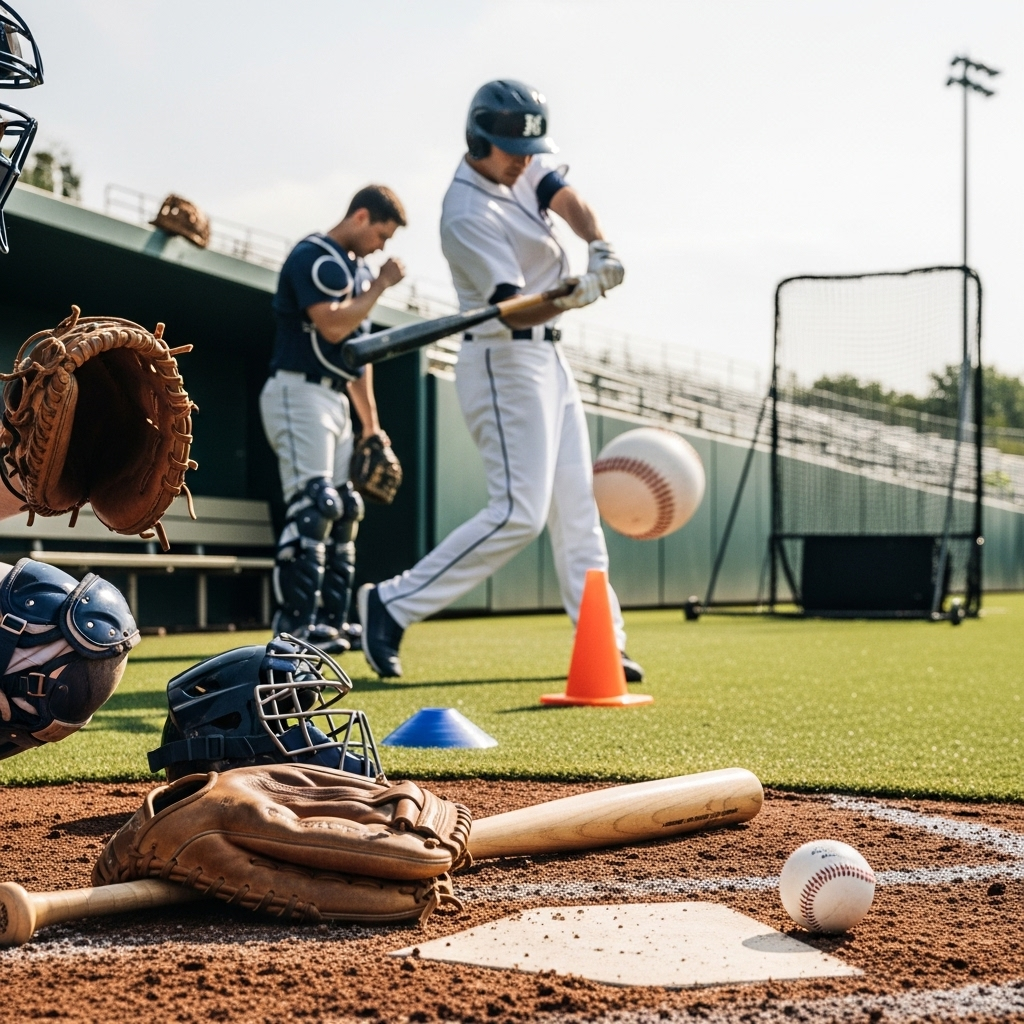
Using the right gear is crucial for performance and safety. Many leagues have specific regulations about equipment to ensure fairness and prevent injuries. As FriskMode, I’m all about helping you find the best equipment, but it also needs to be legal and safe!
Bats: Size, Material, and Certification
Baseball bats are a common source of rule scrutiny, especially at younger levels.
- Little League / Youth Leagues: These leagues often have strict regulations on bat diameter, length, and crucially, the “drop” (the difference between the bat’s length and weight). Bats must also be certified and stamped with league approval (e.g., USA Baseball or BBCOR certifications for high school and college). Using a non-approved bat can lead to the batter being called out, the hit nullified, and potentially ejection.
- High School and College (NCAA/NFHS): These levels primarily use BBCOR (Batted Ball Coefficient of Restitution) certified bats. This standard helps to simulate the performance of wood bats, reducing the “trampoline effect” of metal bats and increasing safety by reducing exit velocity.
- Professional (MLB): MLB players use wood bats. There are regulations on the dimensions (length, barrel diameter) and the type of wood, but the primary concern is that they are solid wood, not composite or metal, and meet specific size constraints.
Quick Tip: Always check the league’s official website or rulebook for the most current bat regulations. For example, Little League International has a comprehensive guide available on their official website.
Gloves and Mitts: Material and Size
While gloves are generally less regulated than bats, there are still important considerations.
- Professional Use: MLB rules stipulate that gloves cannot exceed certain dimensions, and they must not have any meshing or webbing that extends beyond the stitching. The primary goal is to prevent a glove from acting like a trap or snare.
- Customization: While players often customize their gloves with colors and names, the fundamental design and size remain key.
- Catcher’s Mitts: These are specially designed and padded to help catch fast pitches. They also have size and design restrictions to ensure they are used for their intended purpose and don’t create an unfair advantage.
Catcher’s Gear: Protection and Legality
Catcher’s gear is all about safety, but it must also meet certain standards.
- Mandatory Components: This typically includes a mask, chest protector, and shin guards.
- Fit and Integrity: The gear must fit properly and be in good condition. A damaged or ill-fitting piece of equipment can be a safety hazard.
- League Standards: While less common for specific “illegal gear” calls, umpires can deem equipment unsafe or improperly used, leading to a player being asked to replace or adjust it.
Training and Conditioning: Smarter Practice, Better Performance
As John P. Miller of FriskMode, helping you improve your game through smart training is my passion. Understanding rules extends to how you train. Unsafe training methods or practices that circumvent game rules (like using banned equipment for practice) can hinder development.
Drills for Improvement
- Hitting Drills: Focus on bat speed, pitch recognition, and making solid contact. Practicing with regulation bats is crucial.
- Fielding Drills: Improve hand-eye coordination, footwork, and reaction time.
- Pitching Drills: Concentrate on mechanics, accuracy, and velocity while respecting arm care.
Conditioning for Durability
A well-conditioned athlete is less prone to injury and performs better. Strength training, flexibility, and endurance are key.
- Core Strength: Essential for rotational power in hitting and throwing.
- Leg Strength: Powers running, fielding, and throwing.
- Flexibility: Improves range of motion and reduces injury risk.
Remember, the goal of training is to enhance your skills within the spirit of the game. Practicing with illegal equipment or engaging in unsportsmanlike conduct during practice sets a bad precedent.
Understanding Suspensions and Penalties
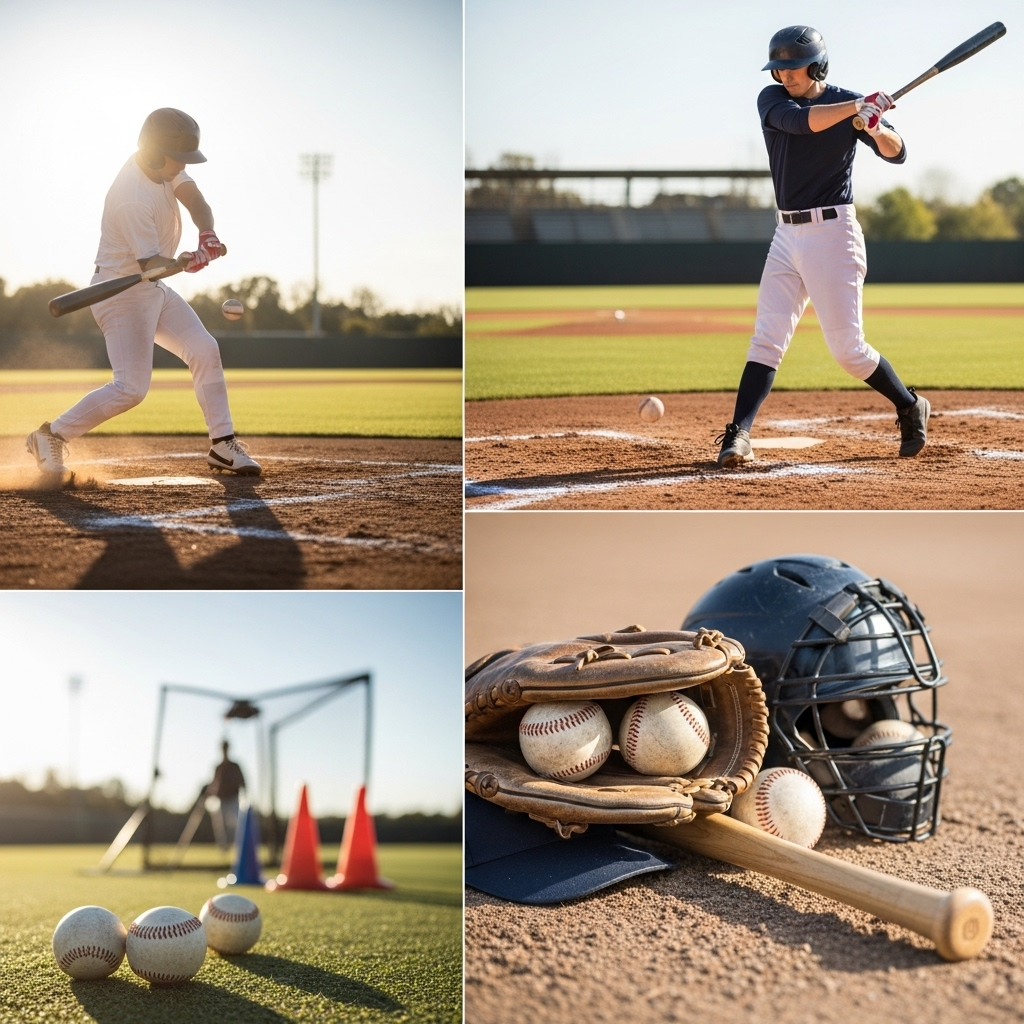
While lifetime bans are rare, other penalties are common. These act as deterrents and educational tools.
Types of Penalties
Penalties in baseball can range from minor to severe, depending on the offense and the league’s rules.
- Warnings: A verbal caution from an umpire or league official for minor infractions.
- Ejections: Removal from the current game for unsportsmanlike conduct, arguing with umpires, or dangerous play.
- Fines: Monetary penalties, often issued by the league office for more serious offenses like fighting, repeated arguing, or certain equipment violations.
- Suspensions: Being barred from participating in a set number of games or a period of time. These can range from one game to multiple weeks or even an entire season. Suspensions are common for PED violations and severe on-field misconduct.
- Probation: Being placed under heightened scrutiny for a period, where further infractions can lead to more severe penalties.
The Path to a Ban
For most players, a severe penalty like a lifetime ban is not a possibility because their actions don’t rise to that level. However, for those who repeatedly violate major integrity rules, or commit a single, catastrophic offense like match-fixing, the path to a ban is clear.
Typically, a lifetime ban in professional baseball is handed down by the league commissioner or a designated disciplinary board. It often follows a thorough investigation into the alleged misconduct. The evidence must be substantial to warrant such a drastic action, as it permanently removes an individual from a sport and can have significant career and personal repercussions.
Frequently Asked Questions about Baseball Bans
Here are some common questions beginners have about baseball rules and penalties:
Q1: Can a player under 18 be “banned for life” from baseball?
A: “Banned for life” is typically a term used in professional leagues for severe integrity violations. For youth leagues, a player might be suspended for a season or longer for serious misconduct, but a permanent ban is highly unlikely and usually means exclusion from that specific league
